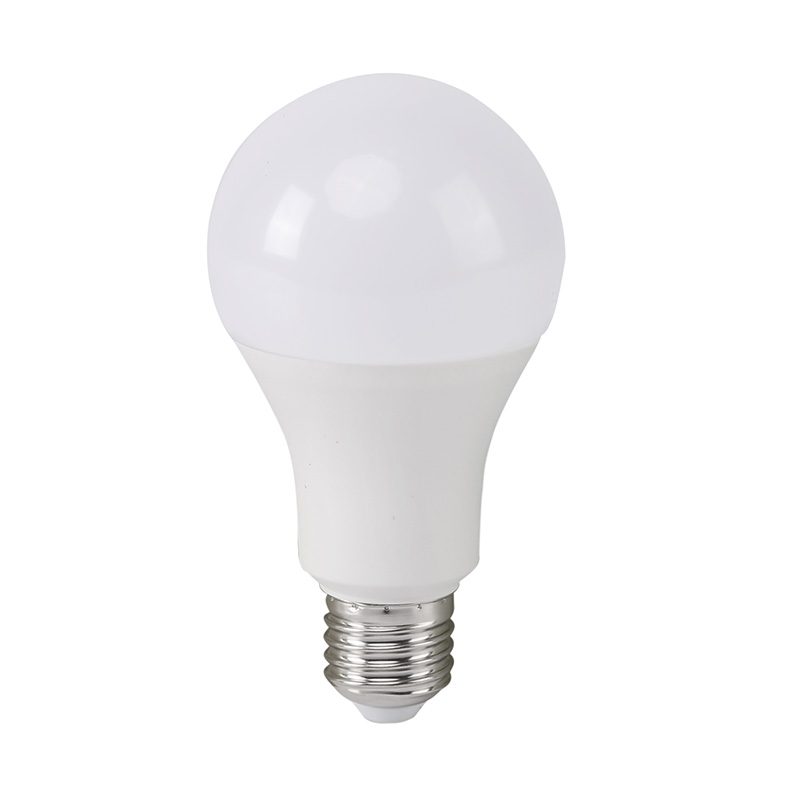The Benefits of LED Light Bulbs and Why You Should Switch
2025-03-25
LED light bulbs have transformed the lighting industry, offering energy-efficient, long-lasting, and environmentally friendly solutions for homes and businesses. Compared to traditional incandescent or fluorescent bulbs, LEDs provide better performance, lower electricity costs, and a wide range of lighting options. As more people seek sustainable choices, LED bulbs have become the go-to option for modern lighting.
What Makes LED Light Bulbs Different?
LED stands for Light Emitting Diode, a technology that produces light through a semiconductor rather than a heated filament or gas. This method is far more efficient, generating bright illumination while consuming significantly less energy. Unlike traditional bulbs, LEDs do not produce excessive heat, making them safer and more durable.
Energy Efficiency and Cost Savings
One of the main reasons to switch to LED light bulbs is their energy efficiency. LEDs use up to 80 percent less electricity than incandescent bulbs, which helps reduce energy bills. Over time, this translates to significant cost savings, especially in homes or businesses with multiple light fixtures.
Another advantage is their long lifespan. While traditional bulbs may last only a few months or a couple of years, LED bulbs can last up to 25,000 hours or more, reducing the frequency of replacements and maintenance costs.
Better Lighting Quality
LED bulbs offer improved lighting quality with various color temperatures, brightness levels, and dimmable options. Whether you need warm, cozy lighting for a living room or bright, cool lighting for an office, LED bulbs can be tailored to different environments.
Additionally, LEDs provide instant brightness with no warm-up time, making them ideal for areas where immediate illumination is needed, such as kitchens, garages, and outdoor spaces.
Eco-Friendly and Sustainable
LED bulbs are a greener alternative to traditional lighting. They do not contain harmful substances like mercury, which is found in fluorescent bulbs, making disposal safer for the environment. Because of their energy efficiency, they also contribute to lower carbon emissions, supporting sustainability efforts.
Many governments and organizations encourage the use of LED lighting to reduce overall energy consumption. Switching to LEDs helps create a more sustainable future by decreasing waste and energy use.
Conclusion
LED light bulbs are a smart choice for anyone looking to save energy, reduce costs, and enjoy high-quality lighting. Their durability, efficiency, and environmental benefits make them an excellent investment for homes and businesses. By making the switch to LED lighting, you not only improve your space but also contribute to a more sustainable and energy-efficient world.



